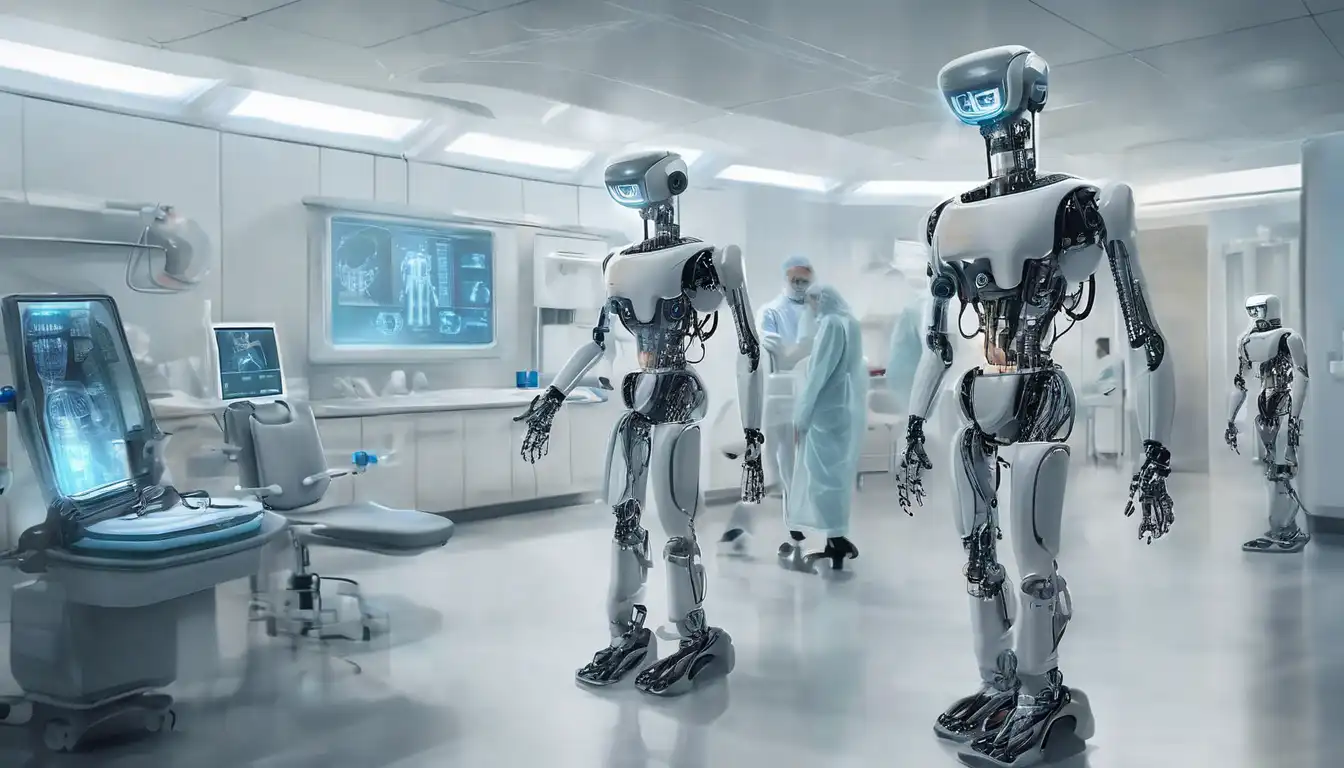The Next Era of Robotics in Healthcare
The integration of robotics into healthcare is transforming patient care, surgical procedures, and rehabilitation processes. This technological advancement is not just a glimpse into the future; it's a present reality that's reshaping the healthcare industry. From robotic-assisted surgeries to automated patient monitoring systems, the potential for robotics in healthcare is boundless.
Robotic-Assisted Surgeries: Precision and Efficiency
One of the most significant contributions of robotics in healthcare is in the field of surgery. Robotic-assisted surgeries allow for unparalleled precision, reducing human error and improving patient outcomes. Surgeons can perform complex procedures with more control and flexibility than ever before. The da Vinci Surgical System, for example, has become a cornerstone in minimally invasive surgery, offering patients shorter recovery times and less postoperative pain.
Automated Patient Monitoring: A New Standard of Care
Automated patient monitoring systems are another area where robotics is making a mark. These systems can continuously monitor vital signs, detect abnormalities, and alert healthcare providers to potential issues before they become critical. This not only enhances patient safety but also allows healthcare professionals to focus on more pressing tasks, knowing that their patients are under constant surveillance.
Rehabilitation Robotics: Restoring Mobility and Independence
Rehabilitation robotics is revolutionizing the way patients recover from injuries and surgeries. Devices such as exoskeletons and robotic prosthetics are helping individuals regain mobility and independence, offering hope to those who have suffered life-altering injuries. These technologies are not only improving the quality of life for patients but are also reducing the burden on healthcare systems by shortening rehabilitation periods.
The Future of Robotics in Healthcare
The future of robotics in healthcare is bright, with ongoing research and development paving the way for even more innovative applications. From nanorobots that can deliver drugs directly to diseased cells to AI-powered robots that can diagnose illnesses, the possibilities are endless. As technology continues to evolve, the integration of robotics in healthcare will undoubtedly become more prevalent, offering new ways to enhance patient care and improve health outcomes.
For more insights into how technology is transforming healthcare, explore our articles on AI in Healthcare and Telemedicine.
Conclusion
The future of robotics in healthcare is not just about the technology itself but about how it can be used to improve human lives. As we continue to explore and innovate, the potential for robotics to revolutionize healthcare is limitless. The next era of healthcare is here, and robotics is at the forefront, leading the charge towards a healthier, more efficient future.
